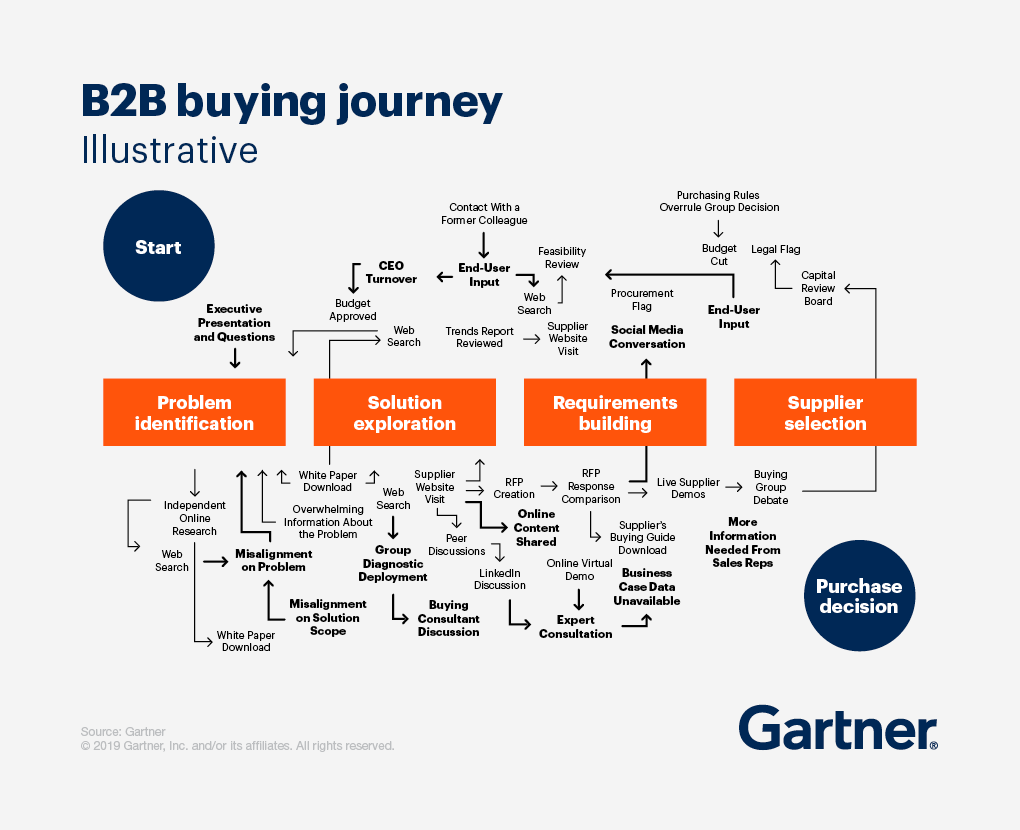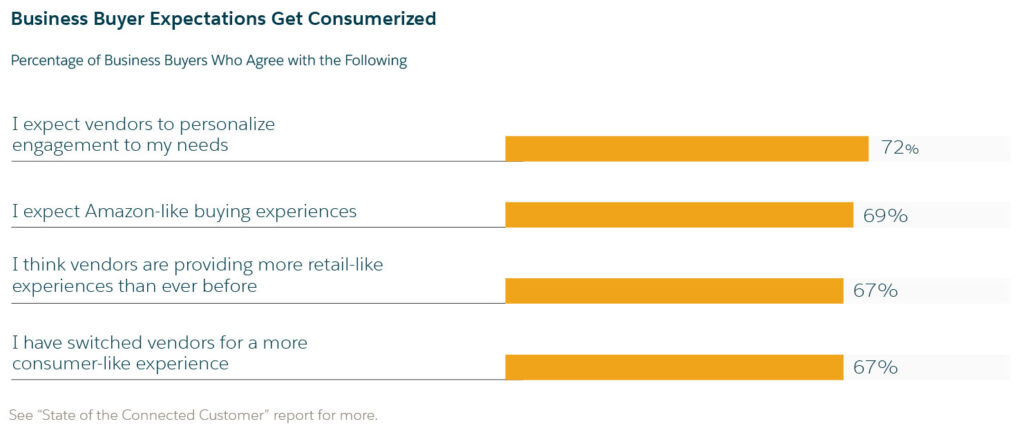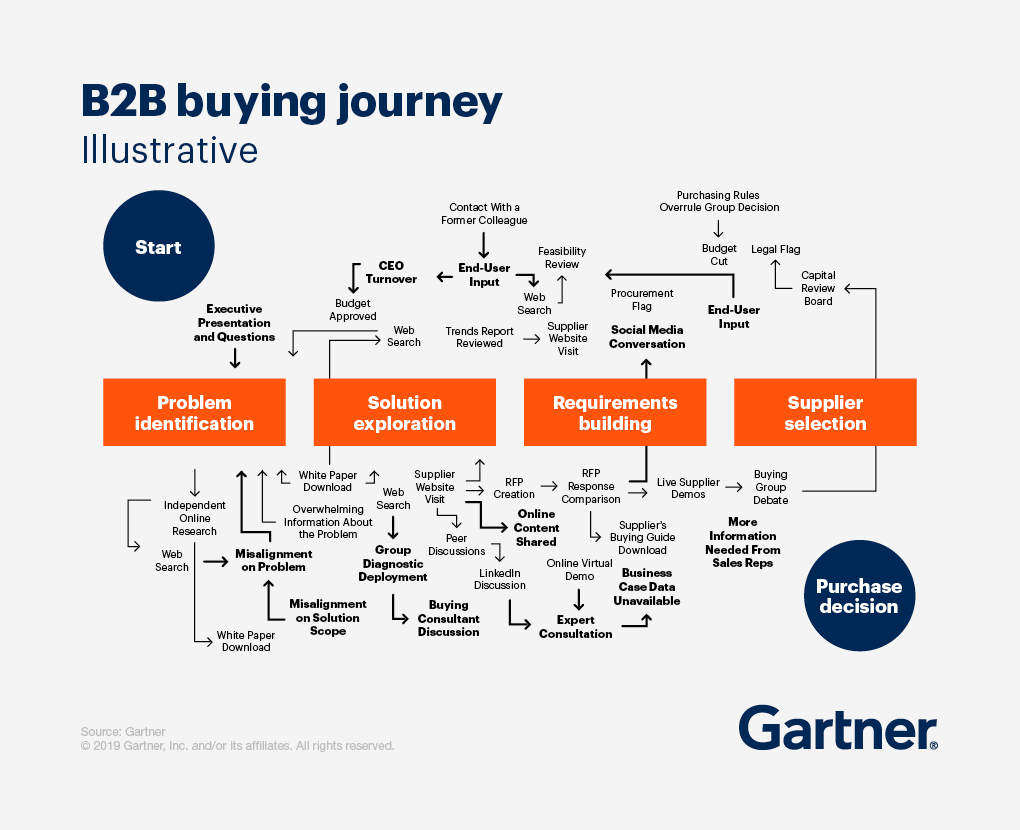Filters
Content Type
Topic
How to Microtarget Your ABMs with Intent Data

When you hear the word microtargeting, it’s usually not mentioned in the most favorable light.
The Cambridge Analytica scandal is often the first thing that comes to mind.
But intent data and microtargeting don’t deserve to be painted with such a broad brush.
Of course, people will always seek to exploit vulnerabilities and data – but it can accomplish some amazing things too.
The line between good and evil all comes down to two key factors: Good intentions and consent.
Cambridge Analytica had nefarious intentions to sway elections – not just in the US, but around the world.
With ABM intent data, you can use microtargeting to create the best experience for your leads.
You’ll build firmographic profiles to understand key accounts instead of psychographic profiles to manipulate emotions.
All the data you use to microtarget them either comes from anonymous signals or first-party website data. In other words, you can follow strict GDPR regulations and develop a consent-based relationship.

How to Microtarget ABMs with Intent Data: 7 Strategies
People often wonder how you can personalize every touchpoint along the buyer’s journey when it looks like this:

However, the real question is, how can you afford not to?
Your buyers only spend about 17% of their journey reaching out to sales teams. That 17% is spread out across all potential vendors too. In other words, you only get about 2% to 5% of their undivided attention.
ABM intent data with microtargeting fills in the gap. Artificial intelligence and other tools meet leads where they’re at – both physically and within the sales journey – with personalized content.
1. Know Which Accounts Deserve the Most Attention
Intent data signals come from all kinds of places: lead forms, B2B blogs, webinar sites, etc. When a visitor arrives at your website, this information is invaluable.
ABM intent data can help you with lead scoring once a visitor eventually provides their email address. You’ll know right away which accounts are considering your company and how far along they are in the buyer’s journey.
You’ll also have an idea of which competitors a lead is considering. Not only does this help you microtarget the individual lead, but it also gives you an idea of which competitors to follow in the future.
2. Use ABM Intent data to Intervene Before Customers Churn
Why should you only use ABM intent data for new leads? Microtargeting is just as useful for connecting with current customers.
80% of buyers have switched vendors within 24 months due to a poor experience.
Intent data can alert you if a customer is investigating competitors. It can also let you know if a customer isn’t using all your product features.
You can intervene and improve your experience before the lead ends up jumping ship.
3. Hyper-Personalize Your Content Experience
72% of buyers say they expect brands to personalize the experience based on their unique needs. Furthermore, 69% say they expect an Amazon-like experience from B2B brands!

Amazon is a goldmine full of first-party intent data. It functions more like a search engine where consumers can research products, brands, and reviews before committing to a purchase.
You can create your own treasure-trove of first-party intent data by using an AI engine to personalize your website experience. As visitors consume your content, like case studies and podcasts, you can gauge where they’re at in the buying cycle.
The algorithms will continue feeding each visitor content that gently guides them down the sales funnel – allowing leads to self-nurture.
That’s why ABM intent data is so useful for improving lead quality. AI-driven personalization can supercharge lead quality by 59%.
4. Use ABM Intent Data to Pinpoint Firmographics
Firmographics are critical for building comprehensive personas. You need firmographics and personas to create the most relevant content – in terms of topics, format, and length.
ABM intent data uses signals from external sites to pinpoint data like:
- Company name
- Geolocation
- Job role
- Duties and pain points
- Market share
- Favorite media outlets
- Preferred media formats
Use this information to find patterns. You might notice that C-level leads prefer videos while end-users consume eBooks.
5. Promote Upsells and Lifetime Value
Your chances of selling to an existing customer run up to 70%. Your chances of converting a new lead, however, are 20% at best.
ABM intent data can tell you if a customer faces certain problems you have services to solve. It might also let you know if they’re researching the services you provide from other websites.
Other than preventing churn, you can jump into action by recommending products or services as upsells that a current customer might find useful.
6. Build Stronger Social Selling Strategies
Here’s the part where AI brings a human element to your marketing strategy. You don’t have to – and shouldn’t – put your entire marketing strategy on autopilot.
Instead, use your ABM intent data to nurture leads where there’s an opportunity for conversations.
Some industries drive half of their revenue from social selling tactics – especially IT and SaaS industries.
Rather than casting a wide net with cold messages, use intent data to guide your social selling strategy, and target the right accounts.
Use the data to offer relevant content suggestions and useful information instead of salesy texts.
7. Use LinkedIn Account Targeting
LinkedIn specifically offers a full suite of tools for microtargeting leads with intent data.
While Facebook only lets you target by company or industry, LinkedIn enables you to choose a company, job role, or even individual people. You can upload a spreadsheet with your lead data, too, and tell LinkedIn to find them.
From there, create personalized landing pages for each company, job role, or individual you want to target and design your microtargeted ad.
Personalize Your Website with AI and Intent Data
Hushly’s AI engine lets you harness the power of ABM intent data. You can provide a completely unique experience for every website visitor using the same kind of algorithms as Netflix and Amazon. uHush
The Hushly system also ensures you’re only collecting accurate data from genuine consenting leads.
See intent data and personalization in action now with the Adaptive Content Hub.

The post How to Microtarget Your ABMs with Intent Data appeared first on Hushly.


